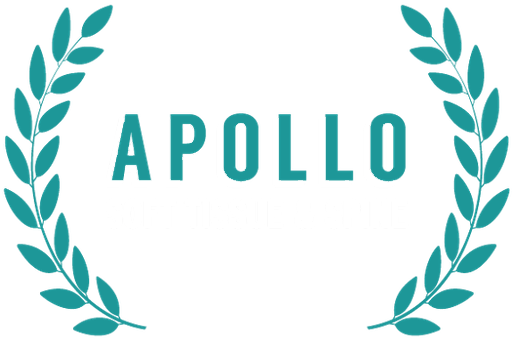We were having dinner with a physical therapist a couple weeks ago, and talking about what we did as clinicians to get people better. Both parties being in the manual therapy and conservative care world, we assumed he had an array of treatment options for people to help with specific conditions. As we got further into the conversation, he began getting more and more vague about his approach with patients.
After a few minutes, he admitted that all he does in practice is tell people to “stretch until they’re better.” We laughed because we thought he was joking. He chuckled and got red in the face. He was totally serious! we just replied with, “Good luck with that.” We weren’t trying to be coy, we actually meant good luck. When you don’t take the time to identify a patient’s diagnosis, you rely on luck to get results.
We are constantly reminded by patients as well as friends and family, about how they had high hopes for treatment, but didn’t get the promised results. The story is usually something like this: “I went to a chiropractor and they said I needed to be adjusted. No results. Then I went to a physical therapist, and they said my muscles were tight and weak. No results. Then I went to my medical doctor who gave me a prescription, told me to rest, and then sent me back to physical therapy. No results.”
The fact that a person who has a problem bad enough to see a doctor can see 10 different doctors, and get 10 different answers or diagnoses for their problem is unfair and pathetic. Patients all too often get thrown into a revolving door of healthcare, and in the end have more questions instead of answers, and a problem that has usually gotten worse! They’ve been through the ringer, and unfortunately, by the time we usually see them they are ready to give up.
This is an unfortunate reality, so today we want to discuss symptoms, pain, the most common problem in the body, and what to do about it.
So what is the point of symptoms?
Feeling pain, numbness, tingling, muscle weakness, burning, or tightness are all symptoms. They serve as your body’s alert system. It’s like the check engine light on the dashboard of your car. Symptoms are there to let you know a problem exists. What can cause symptoms like this? Long story short, A LOT of things. If we talked about all of them, you wouldn’t read this whole thing, so let’s keep it simple. The most common musculoskeletal condition in the body is Adhesion.
What is Adhesion?
Adhesion is essentially scar tissue that sticks things together. It acts like glue in the muscles, causing them to be weaker, less flexible, leading to pain and symptoms. Your body makes adhesion when you have an injury, when you’re stuck in poor postures, or when you overuse muscles during your workouts or activities. Adhesion is the most common, most overlooked and misdiagnosed, and most fixable condition in the human body. However, it’s only fixable if your doctor knows it’s there and what to do about it! The overwhelming majority of doctors don’t have the training to find and fix adhesion. Hence, the poor results typically associated with conservative care.
How do you know if you have adhesion, and what do you do about it?
If you notice areas of decreased flexibility that don’t seem to get better with stretching, if you’re experiencing muscle weakness, or if you have pain and symptoms whatsoever, you likely have adhesion. Unfortunately, you can’t fix adhesion on your own. You need an expert. To find an expert trained in diagnosing and fixing adhesion, you need to look for an Integrative Diagnosis provider. ID providers deliver a complete and accurate diagnosis better than anyone else. This means better results and a happier life for you.
Dr. Drew Ruebbelke and Dr. John Appleman are Integrative Diagnosis providers, and owners of Apollo Soft Tissue and Spine in Denver, CO.





